
| copyright CHANEL |
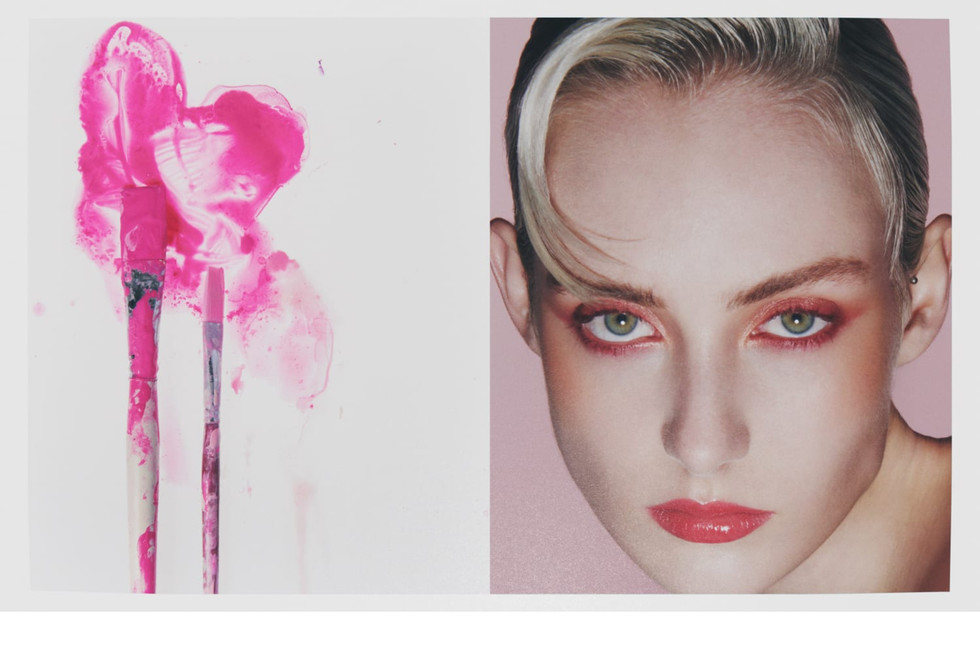
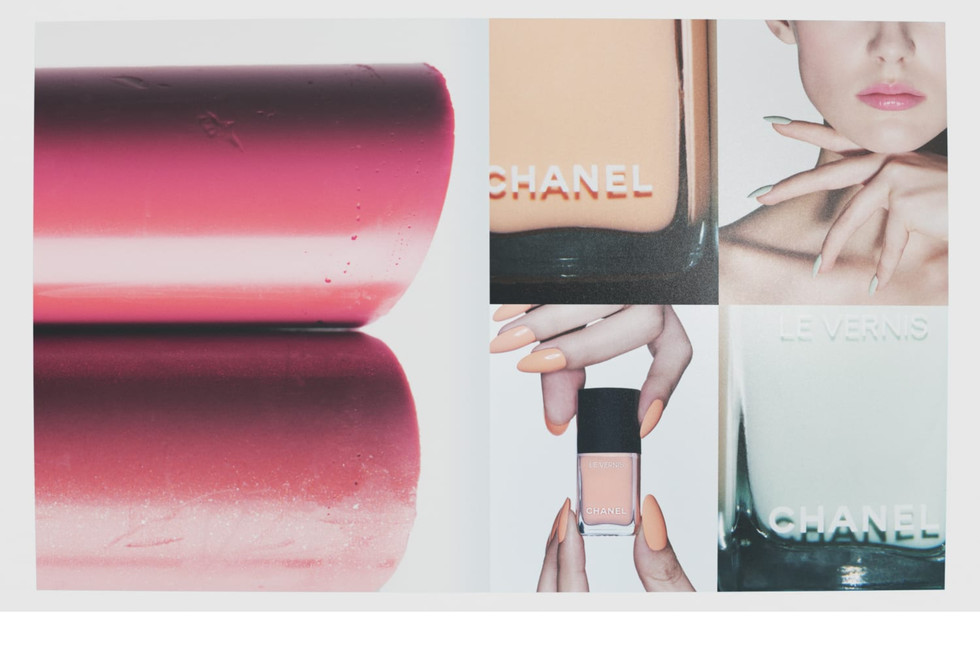
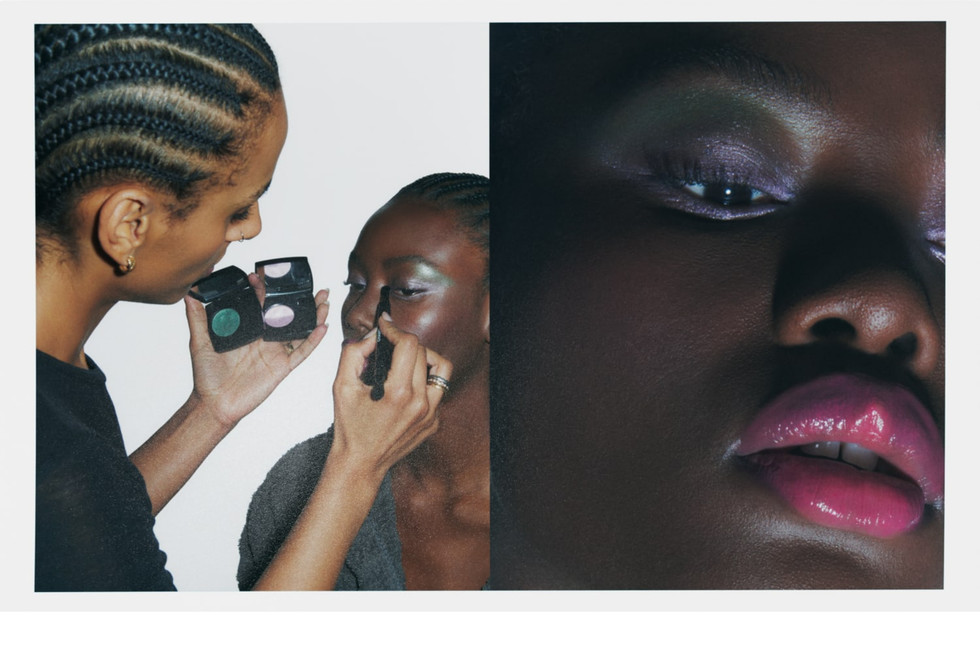

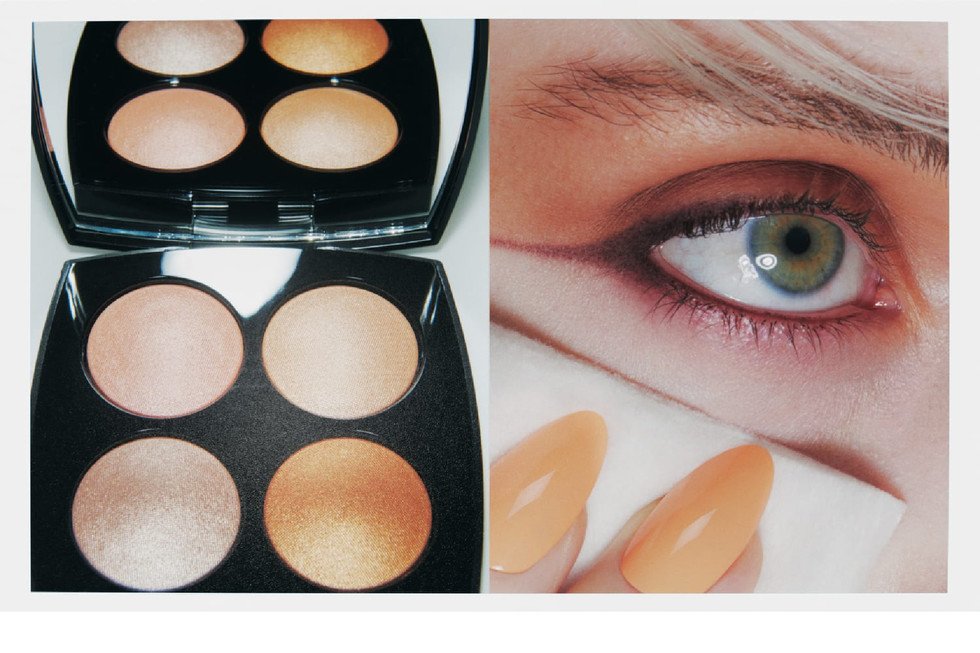
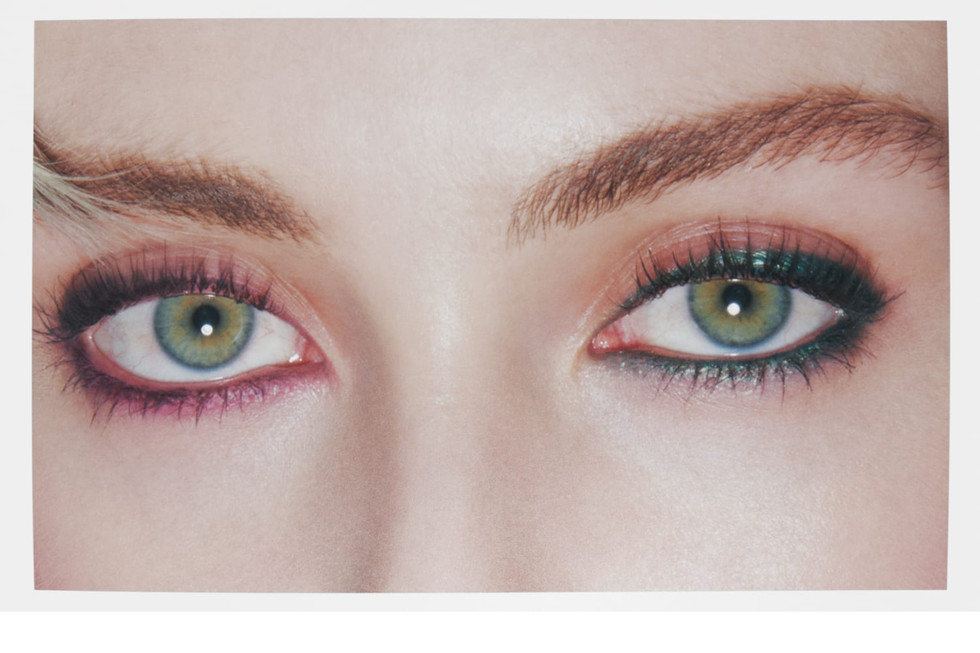

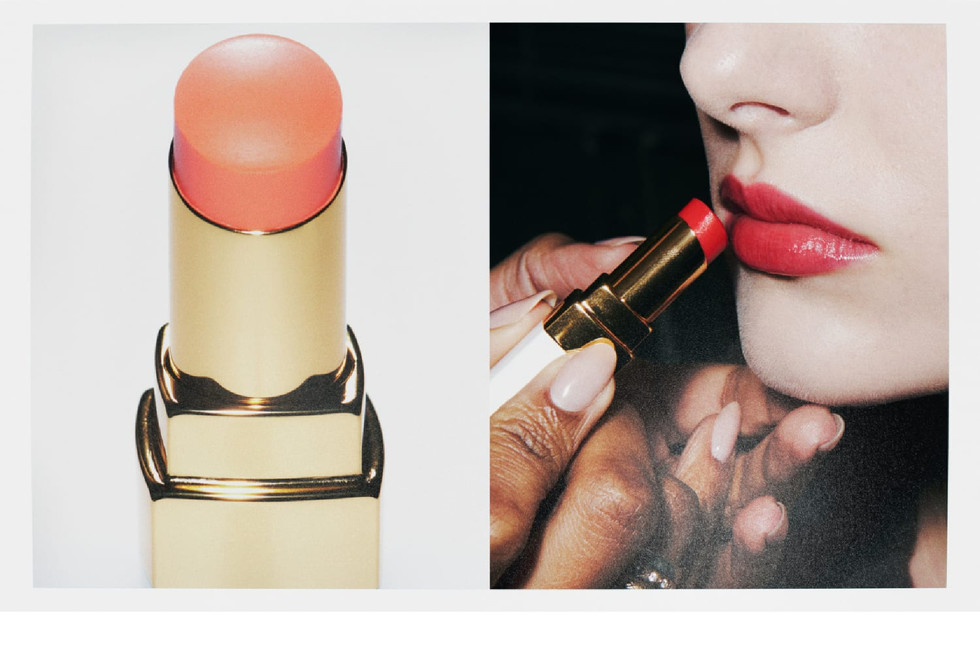



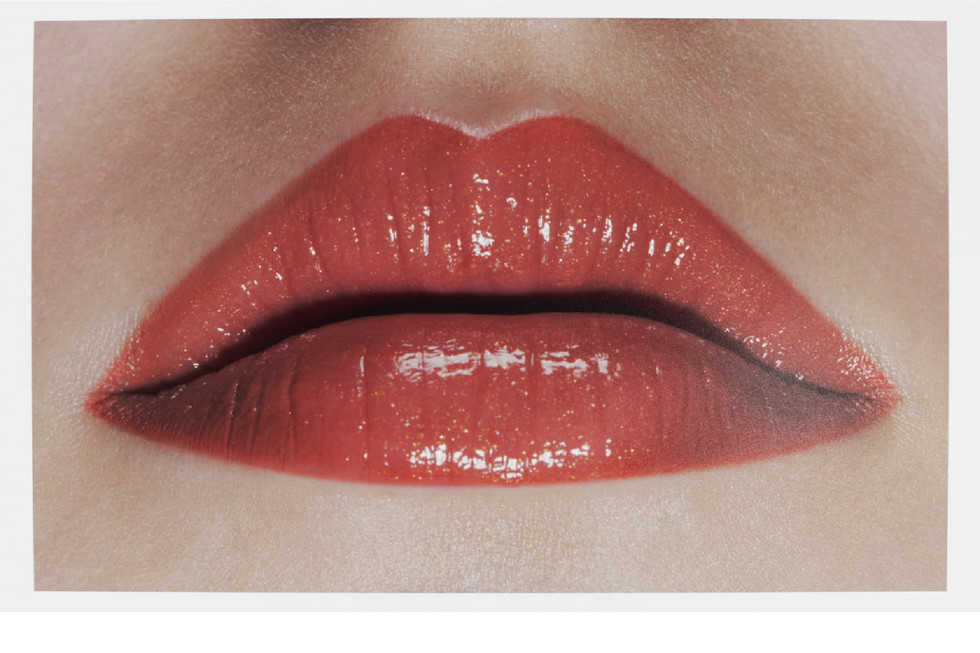
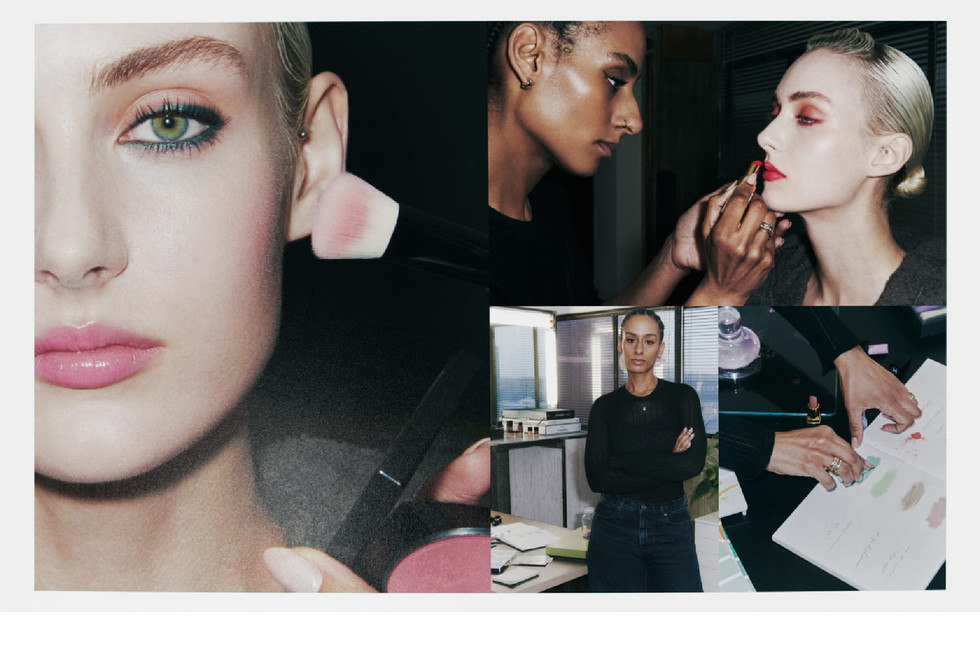



photography Annabel Elston . all clothes Sugar y Sal |
Sugar y Sal blends boldness, history, and politics into gender-fluid designs that challenge the traditional boundaries of menswear and womenswear. the brand, born out of personal experience and observation, promotes inclusivity and self-expression through fashion. from its unofficial start in 2019 amidst the challenges of covid-19, to its breakthrough collection in 2023, Sugar y Sal has steadily grown into a symbol of brave, sustainable, and globally inspired fashion.
Byrina Yu, founder of sugar y sal, talks about her motivation to create the brand, how politics and fashion are related, and her hopes to bring more acceptance into the world.“I WANT PEOPLE TO WEAR IT REGARDLESS OF AGE OR GENDER, AS LONG AS THEY HAVE AN OPEN HEART AND ACCEPTANCE OF THOSE AROUND THEM.”
Natalia Muntean: Could you tell me a bit about your brand? How did it start? And what does the name represent?
Byrina Yu: It’s Sugar y Sal, a mix of English and Spanish. The Spanish part is because my husband is from Spain, and he has been my muse for every collection since I was in university. I thought, why not use that as part of the name? The brand was founded in 2019, but we didn’t officially release any collections at first because of COVID and all the bureaucracy went through, moving between Spain and China. The first collection actually came out around 2023-2024. The reason I started the brand is because a lot of my friends are gender-fluid, and I’ve listened to their stories. I’m not one of them, but I’ve seen the social pressure they deal with, especially from their families and in places like China and other countries. I feel like fashion and beauty are ways people can express themselves without pressure. If you try to debate concepts like gender fluidity, people can get defensive or angry. But when you talk about it through something beautiful, like art or fashion, it’s easier for people to see it and accept it, and maybe understand a bit more about how others think. For me, fashion is a way to communicate across different societies, and that’s the motivation behind the brand. Every collection touches on menswear, history, and even politics, especially with how tense things are in the world right now. So many issues come from people not accept- ing each other. So Sugar y Sal is really about communi- cation between different groups of people.
NM: Communicating through clothes - that’s beautiful! So was it a conscious decision to create 163 non-gendered clothing?
BY: Yes!
NM: Could you tell me a bit about your background?
BY: I started university in Kingston, London, where I did my bachelor’s in fashion design. In my second year, I shifted to menswear because I’ve always been drawn to its history, the manufacturers, and all the details. After that, I continued studying menswear at Westminster Uni- versity for my master’s. Then I studied visual merchandis- ing because, by 2018, I wanted my own brand. I felt that studying visual merchandising could help me create a physical shop—not just to make money, but to commu- nicate with customers through the space itself. It’s about more than just shelves; it’s about the message you want to share with them.
NM: Is having a physical space important to you?
BY: Ideally, yes. Eventually, I hope to have one because I think online shopping distances you from people. In a physical shop, people can experience everything—you know, they can smell, touch, and hear what you want to express. You also get to hear their feedback, which is so important. We always want to communicate and understand people—that’s our goal.
NM: You said that in your second year of studies you became more interested in menswear and shifted focus. Where did that interest come from, and why did that change happen?
BY: I was studying fashion design, and mostly everyone was focused on womenswear. I spent two years in China, in Shanghai, and I felt like
everyone was doing the same thing. So I started wondering why people weren’t doing menswear, and why menswear trends were so much smaller compared to womenswear. When I moved to Kingston, I spent a lot of time in the library and discovered that, historically, men wore high heels, corsets, lace, and vibrant colours—more fashionable than women at times. It was tied to the fact that men had more power and money than women back then. That got me thinking. People today might not understand the history of menswear or gender roles, and maybe that’s why there’s discrimination against gender-fluid people. I realised that in the future, people might look back at our current discrimination and think it was ridiculous, just like how we look back at past racial discrimination. So I hope people can see through my collection that terms like ‘menswear’ and ‘womenswear’ are just labels. There shouldn’t be borders. Learning about the history of menswear really opened my eyes, and that’s why I decided to focus on it.
NM: What do you believe sets Sugar y Sal apart from other brands in the industry?
BY: I don’t want to say we’re very special, because every brand is special in its own way, right? But for Sugar, every design is so connected to my personal experience and how I think about things, which makes each piece unique. That’s something I learned at university in London—your perspective needs to come through in your designs. I may not always have solutions to the problems I think about, but I always raise them in my work, and I believe that’s what sets us apart. Of course, other brands have their perspectives too, but that’s our difference.
NM: Can you walk me through your creative process when working on a collection?
BY: Sure. I’m always sensitive to politics, and I keep up with the news. For this collection, I was inspired by a YouTuber who made a video about a terrorist attack in Barcelona a few years back. The people involved in the attacks were just normal individuals who turned to violence because they didn’t feel accepted by society. Their differences—being gay or Muslim—made them feel like outcasts, despite appearing to be treated equally. This got me thinking about how to incorporate these themes into my designs. I researched menswear history—how what we now see as feminine was once considered masculine. I wanted to play with that contrast and filter those elements into my patterns for menswear that’s more acceptable today. After that, I went through the typical design process: sketching, sourcing fabrics, focusing on sustainability and quality so the clothes last longer. In the studio, we create a lot of samples, but many don’t make the cut. That’s one of my biggest challenges as a designer—being very critical of my own work. Once we finalise the designs, we move on to styling, shooting, and putting together the collection. Even if some pieces look a bit crazy, I still include them because they’re part of the process and feel real. That’s my long creative journey.
NM: I wouldn’t have expected this connection between politics and fashion. It’s very interesting. You mentioned politics as a main inspiration, but are there other avenues that inspire you?
BY: Of course, I love painting. Before I went to fashion design at university, I was always painting. My mom told me that when I was little, I would sketch while watching cartoons, and that’s when she realised I had a talent for it. In high school, I would casually join painting classes during the summer. When it came time to choose a university, I initially wanted to study painting, specifically oil painting. So, painting and art have always been a huge inspiration. For example, my 2025 Spring/Summer collection was inspired by the Spanish painter Salvador Dalí. I often combine elements from paintings, like colours or structures, with political themes. It can create a contrast. My next collection is very colourful—beachy with blues, yellows, and sunlight—but behind that brightness is a serious topic. That contrast is very much part of my brand, just like sugarcoating serious issues.
NM: Do you have any rituals when you start sketching or working in the studio?
BY: I have a habit of collecting things online and on my phone when I travel. From time to time, I’ll look through it and print out what I’m drawn to at the moment. I scatter everything on the table without organising it, and then I see what inspires me. I’ll make a collage on the mood board and, once I get excited, I’ll start sketching non-stop. There’s no logic at that point. After sketching, I begin the process of elimination—that’s when the logic comes in.
NM: Is that the hard part?
BY: It is for me. From a marketing point of view, we can’t have everything. Some things just don’t work together.
NM: So you’re killing your darlings in a way. How does your cultural heritage influence your designs?
BY: I don’t want to sound too negative, but it gave me what I’d call “negative inspiration”—showing me what not to do. China is great—amazing food, and it raised me. Luckily, I was born in the 90s, when things were more open. We could still use Google when I was in school, so I had a little peek into the Western world. It made me realise how free and wild you could be. But then, in secondary school, everything got blocked—no Instagram, Facebook, nothing. That made me curious and rebellious. I kept using VPNs to access those things, and eventually, I went to London to study, just to get what they didn’t want to give me. That’s my biggest inspiration, along with politics. I believe creators need challenges in life to make great work—if you’re too comfortable, you might not get inspired. Also, on the positive side, in China, there’s an abundance of materials and manufacturers. That exposure has made me different from other designers.
NM: You mentioned materials and sustainability. How important is sustainability for you in the design process, and how do you implement it in your collections?
BY: Sustainability is very important to my brand. But being a small brand, I can’t afford to be 100% sustainable in every way. I try to make careful choices with materials and manufacturing. We’re a slow fashion, made-to-order brand, which helps reduce waste by only producing what’s needed. While we might miss some sales opportunities, I’m willing to sacrifice that for sustainability as a business strategy. I’m always looking for ways to save energy, and water, and reduce pollution in manufacturing and fabric sourcing. Also, my dad runs an organic fruit farm, which we started in 2016. We’re the only 100% organic farm of its kind in China. It’s expensive, and the market for high-end fruit isn’t great, but my family believes it’s the right thing to do for the planet. This approach, both in our farming and in my brand, is about doing the right thing for ourselves and the world.
NM: And speaking about the fashion industry, it’s very fast-moving at the moment. How do you balance trying to stay true to your brand’s identity while also needing to make a profit?
BY: I’m not very successful yet, so I don’t know if my method will work, but my plan is to make-to-order and lower costs as much as possible. For example, we negotiate with fabric suppliers, buying only a few metres and stocking up when prices drop— but not too much. We only have two workers in the studio, and I carefully plan their hours to avoid wasting time and energy, because every penny counts. We have fewer costs than other brands; I handle all the design, and my cousin, who’s a graphic designer, helps me. With our savings, we can have a bigger profit margin but still keep slow fashion in focus. We hope our message spreads through word of mouth. I believe many, especially young people, want to support slow and sustainable fashion. So, by staying on this path, I hope we can find a balance.
NM: What about the trends in the fashion industry? There are so many micro-trends lately. How do you balance those on the creative side?
BY: Trends always change, and if we chase them, we’ll always be behind. We’ll never be leaders that way. We’re a small brand, so we focus on what we believe in. I do love trendy things, but for business, we have a unique angle, and we need to find our own customers. I don’t want to attract the whole world, even 1% is enough. We think our gender-fluid, sustainable approach will find its place in the market without chasing trends.
NM: Tell me a bit about your AW24 collection.
BY: The AW24 collection is very much a dance, and you can see that in the imagery of people modelling while dancing. It’s a contrast I wanted to highlight, reflecting the history of menswear. This collection is my first official statement for the brand, and it challenges the idea of why men or women should dress in a certain way. There’s a deliberate merge between genders, so when people see the collection, they might wonder: Is this menswear? Is this womenswear? Even in model selection, we aimed to blur the lines, sparking conversation around whether it really matters as long as it’s beautiful. We also played with contrasts in colour—black and white, shiny and matte—and used vegan leather as a sustainable option. There’s some blue in there too. Because we didn’t want the collection to feel too cold and because Sugar y Sal is about love, we added softer, gender-fluid colours like yellow, blue, and green, which are often associated with babies who don’t care if something is pink or not. We wanted to bring a genuine, fluid feeling to the collection.
NM: And who do you see wearing Sugar y Sal? Can you paint a picture of the person you envision?
BY: I picture open-minded people, but not necessarily young. I love the idea of older people wearing bold pieces—people who don’t care what others think. I want anyone to wear it, whether a grandma or a 19-year-old boy. Age or gender doesn’t matter. What matters is that you embrace it, that you and the piece fit well together, with an open heart and acceptance.
NM: You started the brand unofficially in 2019. How has it evolved over these five years?
BY: A lot has happened. We actually started in 2018 but didn’t release a collection until 2021, and that was only known to close friends. We faced setbacks because we didn’t understand certain things. Our first collection didn’t go well, and it was a learning process. At first, we were hesitant—trying to balance wearability and boldness— but that didn’t work. After those failures, we decided to fully embrace the gender-fluid, bold direction we wanted. Self-doubt is always part of my process, but we’ve become more confident in our vision. We’ve also learned that our market is more global than in China, where people are often restricted by fan-driven, money-oriented marketing. So, we focused on London, where we’ve found clarity in our design, statement, and audience. Over five years, we’ve discovered who we are and where we want to be.
NM: What are your hopes and dreams for the brand’s future?
BY: It’s a big question! We joke about it sometimes, but I hope the brand lasts as long as I’m alive, even if it’s just a small store in a town. I want the spirit of Sugar y Sal to be remembered by a group of people. Maybe when I’m 80, I’ll still be sketching and spreading our ideas. Ideally, one day our ideas won’t be needed—because equality and acceptance will just exist. That’s the dream, but I know it’ll take time.





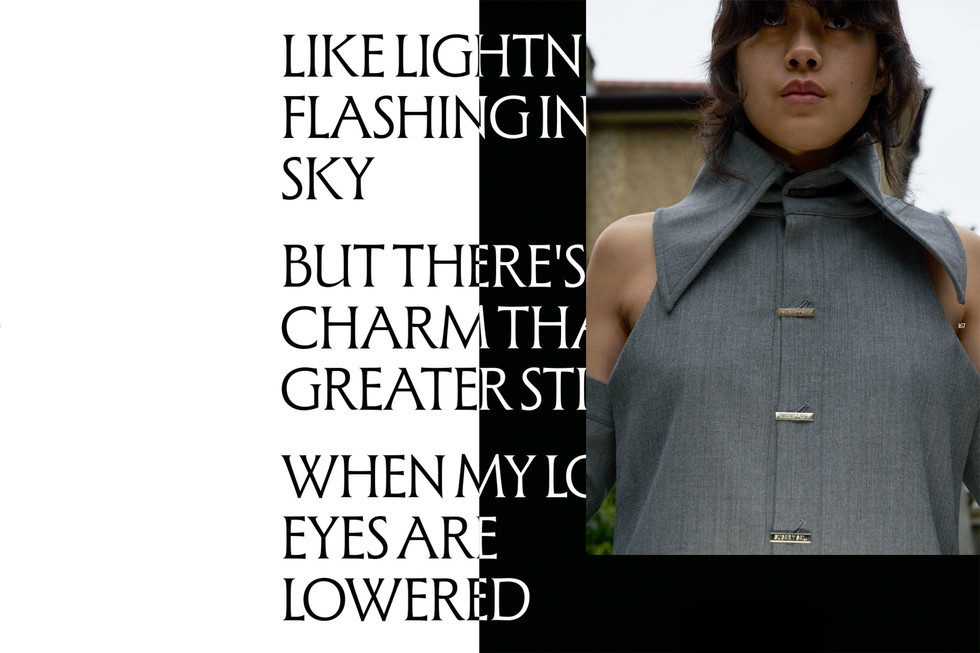
photography Annabel Elston . all clothes Sugar y Sal |